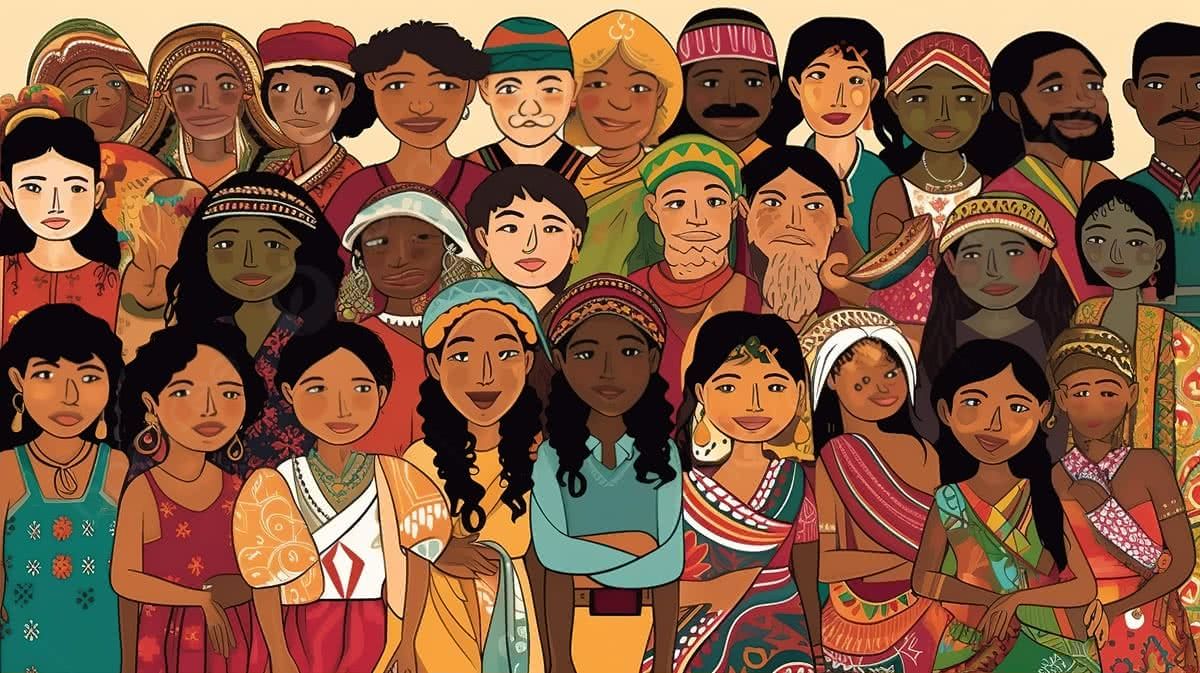Have you ever wondered what really goes on behind the shiny facade of Hollywood blockbusters? It’s easy to assume that once a director signs on, it’s smooth sailing until the premiere. But oh boy, if only that were true! The truth is, movie-making, especially for those mammoth, franchise-building productions, is a wild ride filled with creative clashes, last-minute changes, and sometimes, even dramatic exits. Seriously, it’s not always sunshine and red carpets.
Movies, particularly those epic blockbusters we all love, are colossal undertakings with so many moving parts. For everything to click into place, the creative visions of filmmakers, actors, and studios absolutely have to align. It’s hardly surprising that so many of these ambitious projects end up in what’s famously known as “development hell” for what feels like an eternity. But even then, not every production is so challenging that the director just throws in the towel and walks away. Yet, it happens, and it seems to be happening more and more lately, especially as studios prioritize those moneymaking franchise blockbusters that sometimes seem to stifle originality and creative freedom.
So, prepare yourselves, because we’re about to peel back the curtain and take a look at some truly wild stories. Below, we’re diving deep into 7 instances where directors decided to leave major productions, some at the very beginning stages, others practically at the finish line, often due to those infamous “creative differences.” Get ready for some behind-the-scenes drama that Hollywood would rather keep quiet about!
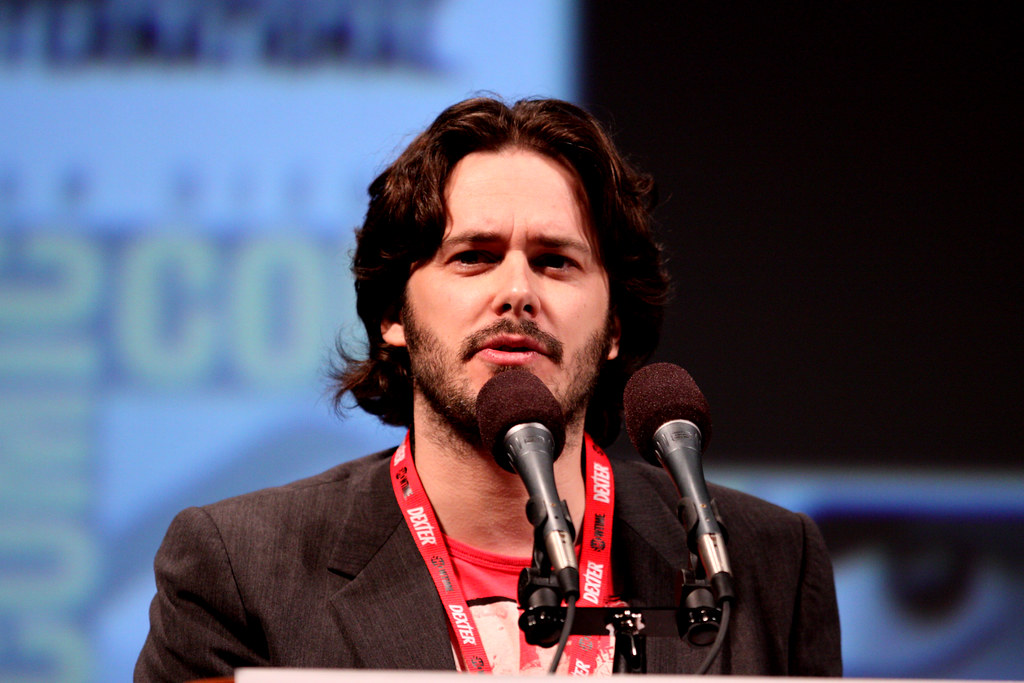
1. Edgar Wright – Ant-Man (2015)
If there’s one “what if?” scenario that truly haunts the Marvel Cinematic Universe, it’s Edgar Wright’s *Ant-Man*. Imagine the beloved British filmmaker, known for his quirky style and rapid-fire editing, at the helm of an MCU film, working from a script he co-wrote with Joe Cornish. Fans had been dreaming about this since before the MCU was even a thing, with Wright even teasing test footage at San Diego Comic-Con way back in 2012. It felt like a match made in geek heaven!
However, this dream team sadly came to an end when Wright departed the project. The reason? Marvel decided to pursue a script draft without his direct involvement, a move that clearly didn’t sit right with the visionary director. Wright later explained his decision with a truly candid statement: “I wanted to make a Marvel movie, but I don’t think they really wanted to make an Edgar Wright movie,” he said, perfectly summing up the core conflict. He elaborated, adding, “Suddenly becoming a director-for-hire on it, you’re sort of less emotionally invested and you start to wonder why you’re there, really.”
It was a heartbreaking decision for Wright, who had poured so much into the project. The good news that came out of it, however, was that he got to move on to his critically acclaimed film *Baby Driver*, a script he had already written. And in a true show of solidarity, almost his entire crew who were going to work on *Ant-Man* left with him, allowing him to re-employ them on his next passion project. While we’ll never know the *Ant-Man* that could have been, it’s clear Wright stuck to his creative guns, and that’s something to admire.
Read more about: The Director’s Chair: Unpacking the High-Stakes World of Hollywood Firings and How Creative Differences Reshaped Cinematic History
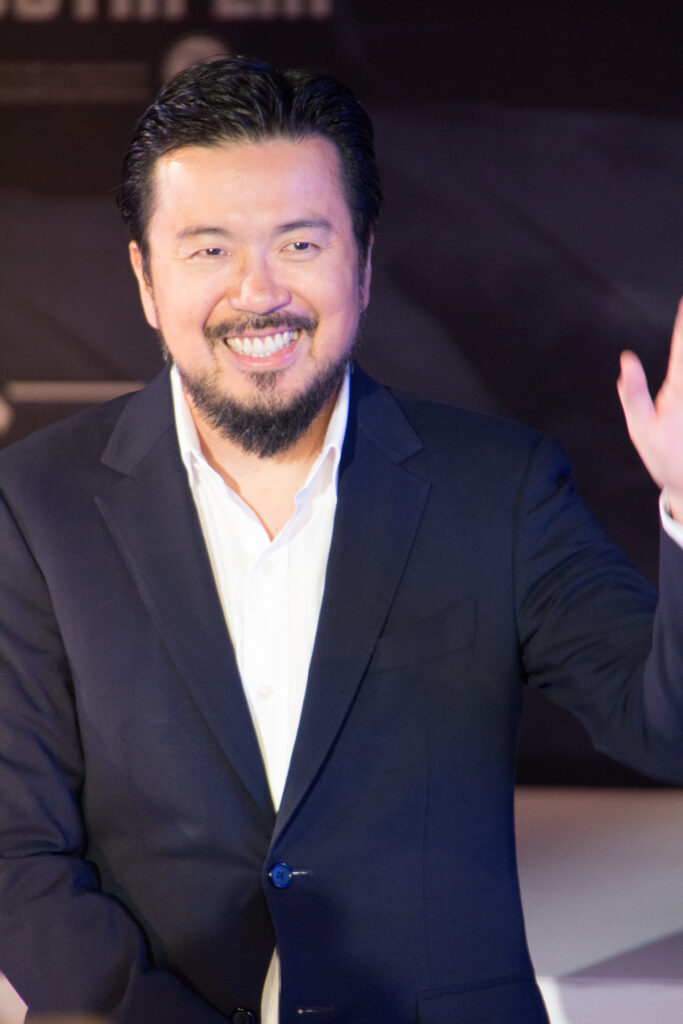
2. Justin Lin – Fast X (2023)
Justin Lin is practically synonymous with the *Fast & Furious* franchise, having been the driving force behind its evolution from simple cash-in sequels to the global blockbuster phenomenon we know today. He truly steered the series to incredible success. So, it was a massive shock when, only a week into production on the highly anticipated tenth installment, *Fast X*, Lin suddenly hit the brakes and stepped down as director.
Reports quickly surfaced hinting at the drama brewing behind the scenes. There were whispers of significant script problems, unexpected location changes, and a notable clash with none other than longtime star Vin Diesel. Allegations included Diesel reportedly turning up late to set and not knowing his lines, which, as you can imagine, could throw any production into chaos. Lin himself was reported to have said, “This movie is not worth my mental health,” a powerful statement reflecting the immense pressure.
While Lin was far too diplomatic to openly criticize anyone, he seemed to confirm the underlying drama when he told the Happy Sad Confused podcast, “I’m just kind of bummed it had to get out in the public.” It’s a classic Hollywood understatement, but it speaks volumes. Ultimately, Louis Leterrier took over, navigating the high-octane world of *Fast X* to its cinematic release. Lin remained with the project as a producer, and in a statement, shared his gratitude for the franchise, saying, “Over 10 years and five films, we have been able to shoot the best actors, the best stunts, and the best damn car chase. On a personal note, as the child of Asian immigrants, I am proud of helping to build the most diverse franchise in movie history.”
Read more about: Hollywood’s Infamous Landmines: 14 Films That Absolutely Decimated A-List Careers
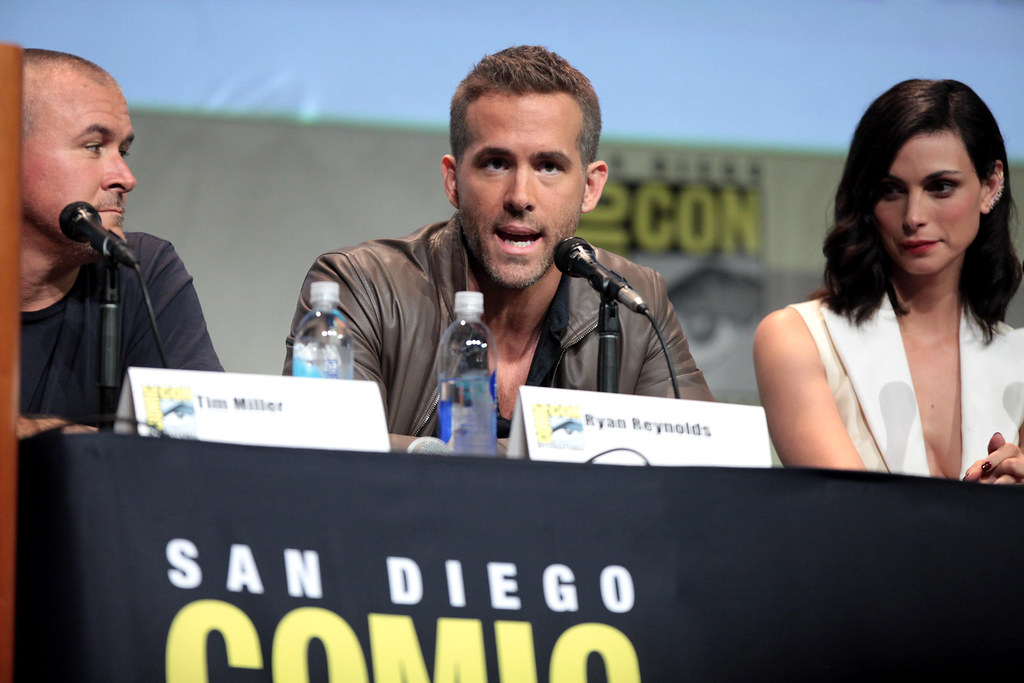
3. Tim Miller – Deadpool 2 (2018)
Tim Miller was the original director who made *Deadpool* an unexpected, R-rated, self-aware, and absolutely hilarious outlier in the superhero movie landscape. He was integral to its massive success, so it was quite a surprise when he decided to step away from directing the sequel during its development stage.
The core issue, it turns out, was a disagreement over the film’s direction with its star, Ryan Reynolds. With the first film being such a massive hit, the studio-backed Reynolds found himself with increased creative control for the second go-around, which inevitably led to friction. Miller’s departure was officially described as “amicable,” but reports of a significant rift with Reynolds quickly circulated, suggesting deeper issues than just polite creative differences.
Adding to the intrigue, Miller reportedly wanted to include an expanded role for Morena Baccarin’s character, Vanessa, and also had a grand vision for a climactic cameo smackdown between the X-Men villain Juggernaut and The Fantastic Four’s The Thing. How epic would that have been?! Miller later candidly stated, “It became clear that Ryan wanted to be in control of the franchise. You can work that way as a director, quite successfully, but I can’t,” offering a clear glimpse into the power struggle. While we never got to see Miller’s full vision, his impact on establishing *Deadpool*’s unique tone is undeniable.
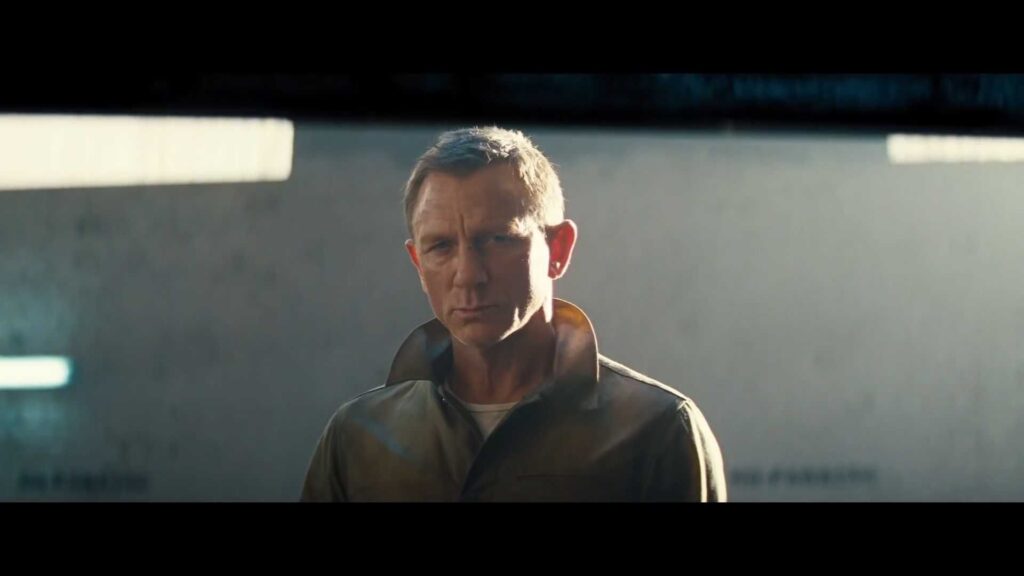
4. Danny Boyle – No Time to Die (2021)
When the legendary Danny Boyle, known for hits like *Trainspotting* and *Slumdog Millionaire*, signed on to direct *Bond 25* (which would later become *No Time to Die*), it felt like a bold and exciting new direction for the iconic 007 franchise. With his longtime *Trainspotting* writing partner, Danny Hodge, on board for the script, it seemed Boyle had been granted an unusual amount of creative freedom for a series notorious for sticking to a tightly guarded, specific formula.
However, it came as little surprise to many when Boyle ultimately left the film due to creative differences, a decision that caused a delay in the movie’s release (though not as much as the subsequent global pandemic did!). Boyle later shed light on the situation, explaining his commitment to his writing partner: “I work in partnership with writers and I am not prepared to break it up,” he told Empire magazine. He added, “We were working very, very well, but they didn’t want to go down that route with us. So, we decided to part company.”
It’s clear Boyle valued his collaborative process above all else. He even received a “very nice message” from his replacement, Cary Fukunaga, to whom he extended his best wishes, highlighting the professional nature of the parting despite the creative disagreements. This high-profile departure underscores just how challenging it can be to innovate within such a tightly controlled and beloved franchise like James Bond.

5. Cary Fukunaga – IT (2017)
Before he stepped in to direct *No Time to Die*, Cary Fukunaga himself was at the center of a directorial departure from another highly anticipated project: the two-part adaptation of Stephen King’s terrifying novel, *IT*. Fukunaga had dedicated three years to developing the film with co-writer Chase Palmer, even going as far as casting Will Poulter as the iconic, horrifying Pennywise the clown.
But just weeks before production was slated to begin, Fukunaga dropped out. Rumors of a studio clash quickly began circulating, and Fukunaga later confirmed that he was trying to make “an unconventional horror film” while the studio was pushing for a more formulaic vision—the kind specifically engineered to guarantee a return on its budget. He told Variety that “They didn’t want any characters. They wanted archetypes and scares,” highlighting a fundamental difference in artistic approach versus commercial strategy.
Despite the disappointment, Fukunaga expressed relief that the script was rewritten for Andy Muschietti’s finished version, which ultimately starred Bill Skarsgård as Pennywise. He noted that so much of his and Palmer’s own childhood memories and experiences had been woven into their original script, implying that seeing a compromised version of that personal story might have been even more painful. It’s a vivid example of how personal investment can clash with studio expectations.
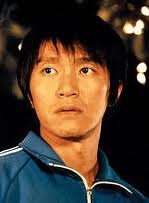
6. Stephen Chow – The Green Hornet (2011)
Oh, *The Green Hornet*! This Seth Rogen-led masked hero adventure, which finally saw the light of day in 2011, turned out to be an all-around disappointment after languishing in development for almost two decades. But did you know it nearly had a very different, and potentially much more exciting, creative force behind it?
Initially, the brilliant *Kung Fu Hustle* director Stephen Chow was lined up to both direct the film and co-star as the iconic sidekick Kato, a role famously played by Bruce Lee. His involvement promised a unique blend of action and comedy that could have elevated the project significantly. However, Chow first dropped out as director, though he still planned to play Kato. But alas, a scheduling conflict ultimately forced him to walk away from the acting role altogether.
Jay Chou eventually took on the role of Kato, and Michel Gondry stepped into the director’s chair. Co-writer Evan Goldberg later confirmed what many suspected: their vision for the film “differed drastically” from what Chow had envisioned. It’s a sentiment that makes you wonder what kind of cinematic magic we missed out on, as many agree Chow’s take probably would have been far superior to the final product we received. Sometimes, missed opportunities in Hollywood are truly heartbreaking.
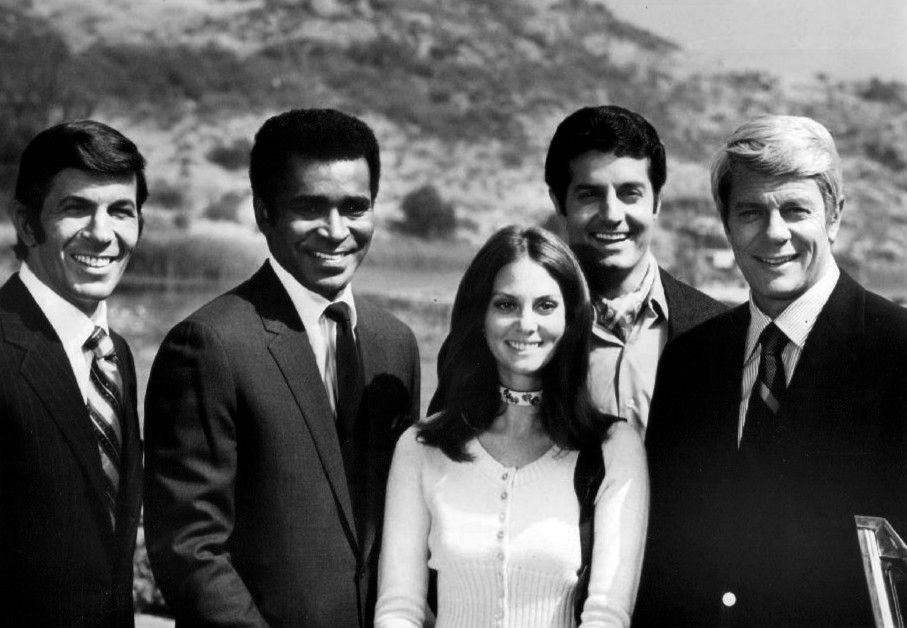
7. David Fincher – Mission: Impossible III (2006)
David Fincher and *Mission: Impossible*? While it might seem like an unusual pairing for the modern, mega-stunt-driven M:I franchise, it’s worth remembering that the series wasn’t always just about impossible leaps and daring stunts. The first film, directed by Brian De Palma, leaned more into being a twisty, espionage thriller, a genre where Fincher’s meticulous hand would have been perfect.
Fincher himself commented that they had a “really cool idea, really violent” for *Mission: Impossible III*. He even indicated a willingness to make compromises, stating, “If [the studio bosses] let us do even half of what we want, it should make for a pretty interesting film.” However, it was a mission aborted during the development stage, preventing his vision from ever reaching the screen. This wasn’t the only departure from M:I III, as we’ll find out.
Fincher wisely observed the recurring problem with sequels, noting, “I think the problem with third movies is the people who are financing them are experts on how they should be made and what they should be.” This highlights the often-stifling influence of studio executives who, after two successful films, feel they know the formula better than the creative talents. It’s a tale as old as Hollywood itself, where artistic ambition often battles commercial expectation, and sometimes, the artists decide it’s just not worth the fight.
Okay, let’s keep peeling back the curtain on Hollywood’s wildest behind-the-scenes moments! You might think one director walking away from a huge project is big news, but sometimes, a film can go through *multiple* creative upheavals before it even hits theaters. And trust us, the stories only get more wild from here. Get ready for more tales of ambition, creative clashes, and unexpected turns in our deep dive into directors who just said, “Nope!”
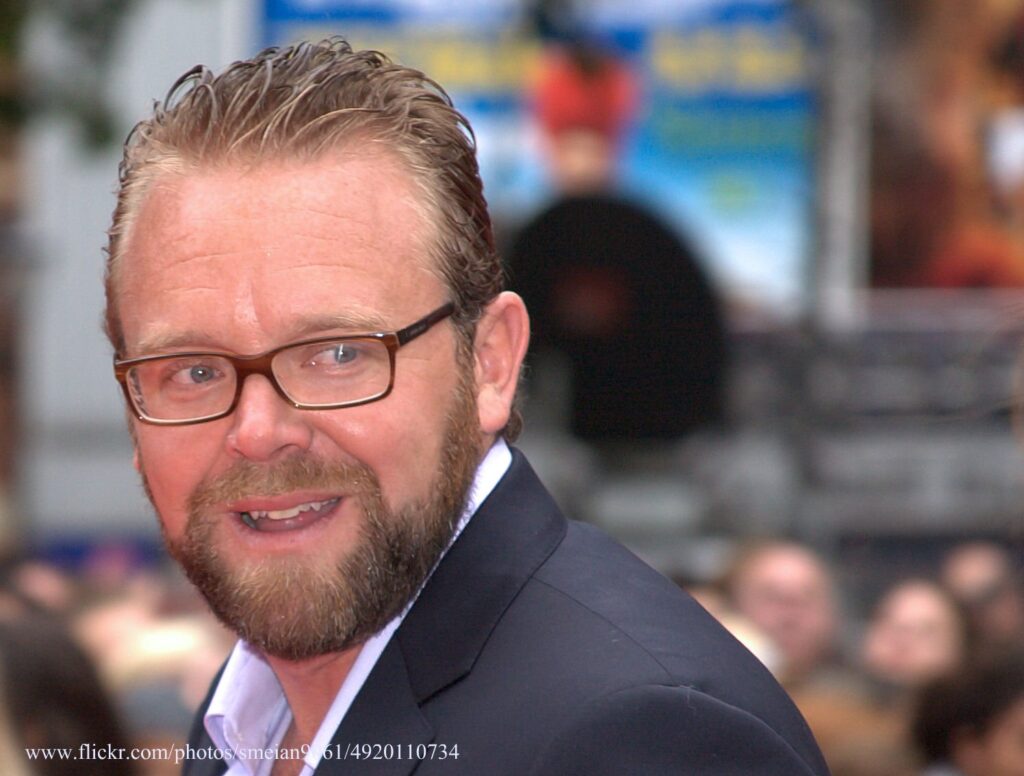
8. Joe Carnahan – Mission: Impossible III (2006)
Remember how we talked about David Fincher nearly taking on *Mission: Impossible III*? Well, he wasn’t the only director who ultimately said “mission aborted” before J.J. Abrams finally took the reins. In fact, between Fincher’s departure and Abrams stepping in, the talented Joe Carnahan briefly held the hot seat for the third installment of the Ethan Hunt saga!
Carnahan had a very specific vision for *M:I III*, aiming for a more low-key, character-driven film that probably would have been a fascinating departure for the franchise. But, as you can imagine, the studio bosses had a different idea entirely. They were eyeing a massive blockbuster, not the nuanced thriller Carnahan was picturing, leading to some pretty intense creative differences right off the bat.
It didn’t help that Carnahan reportedly “hated the script they forced on him,” openly calling it “bad and uninspiring.” When the film kept stalling due to these deep-seated disagreements, Carnahan eventually decided enough was enough and walked away. He later revealed the staggering amount of money already invested: “When I left that film, there was something like $38m against it and we had done two camera tests,” he said. Talk about high stakes!
His candid reasoning for leaving? “I didn’t want to spend another year making that film.” Honestly, who can blame him for prioritizing his sanity over a project he wasn’t passionate about? Interestingly, some of Carnahan’s conceptual elements and ideas did manage to survive the overhaul and made it into the finished movie, proving that even a brief stint can leave a lasting, if subtle, mark.
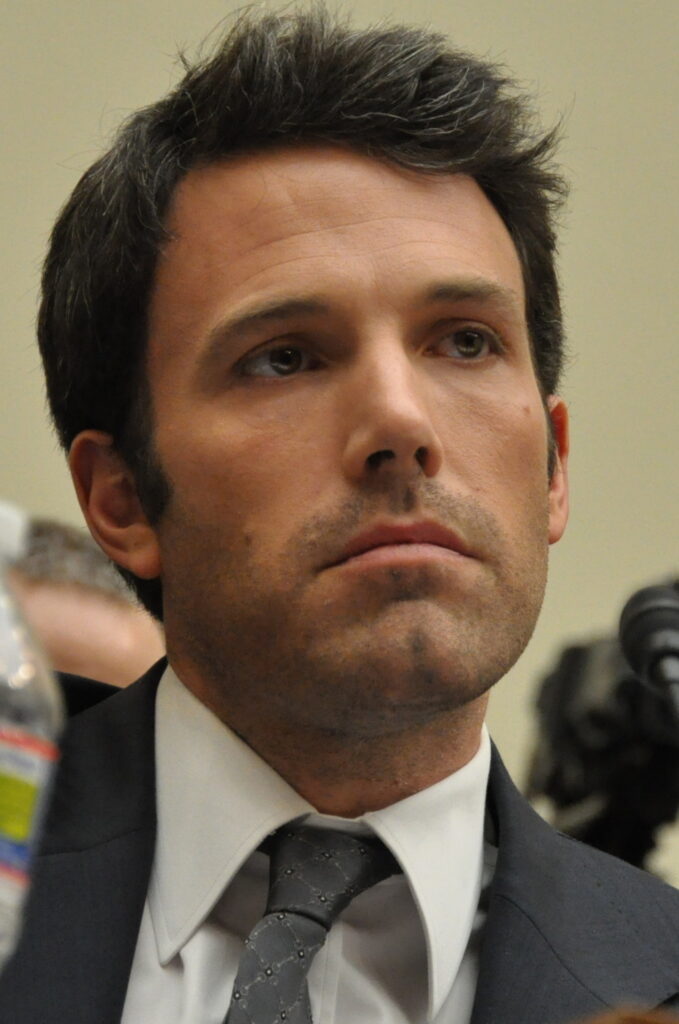
9. Ben Affleck – The Batman (2022)
Before Matt Reeves brought us his gritty, standalone vision of *The Batman* starring Robert Pattinson, the Caped Crusader’s future looked very different. It was initially set to be a key part of Zack Snyder’s Justice League-verse, with none other than Bruce Wayne himself, Ben Affleck, in the director’s chair! Affleck was poised to not only star but also co-write and direct this highly anticipated film, with a story reportedly set in Arkham Asylum, pitting Batman against a slew of iconic supervillains. Sounds epic, right?
However, the weight of the cowl and the director’s megaphone proved to be too much. Affleck eventually stepped down from his directorial role, a decision reportedly driven in part by his “awful experience of making Justice League.” He candidly admitted, “I looked at it and thought, ‘I’m not going to be happy doing this. The person who does this should love it.’” That’s a powerful realization for any filmmaker, especially when it comes to such a beloved character.
His initial statement explained his shift to focusing solely on acting: “There are certain characters who hold a special place in the hearts of millions. Performing this role demands focus, passion and the very best performance I can give. It has become clear that I cannot do both jobs to the level they require.” With Warner Bros rethinking the entire DCEU after a string of critical disappointments, the landscape was changing dramatically.
Ultimately, Matt Reeves came on board as director, and the film was completely recalibrated with a new script and Robert Pattinson beneath the cowl. Affleck later decided to walk away from the film entirely, underlining the immense pressure and personal cost that can come with such high-profile projects. It’s a reminder that even superheroes need to know their limits!
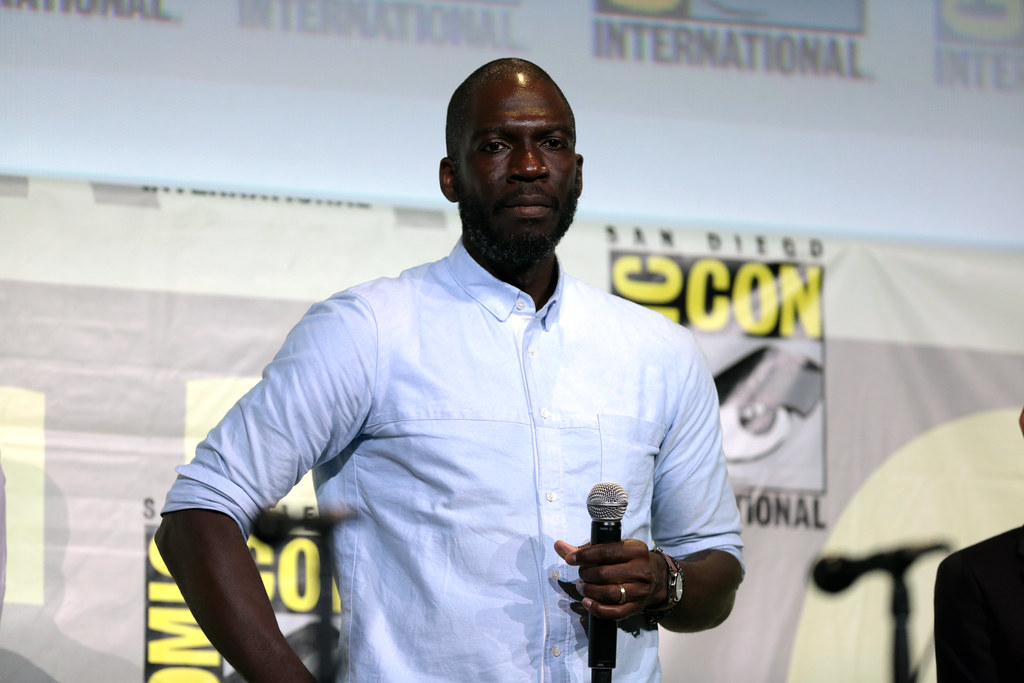
10. Rick Famuyiwa – The Flash (2023)
The standalone *Flash* movie starring Ezra Miller took an ironically long and winding road to the big screen, going through more directors than you can shake a lightning bolt at. One of those talented filmmakers initially set to helm the speedy superhero flick was Rick Famuyiwa, acclaimed writer-director of *Dope*. He stepped in after Seth Grahame-Smith had departed, bringing his unique voice to the project.
Famuyiwa spent several months in pre-production, meticulously working on storyboarding and even casting the film. But alas, just like his predecessor, he too ultimately passed on the project in October 2016. In a diplomatic but revealing statement, Famuyiwa expressed his disappointment that “we couldn’t come together creatively on the project,” a classic Hollywood understatement for deep-seated issues.
He later elaborated on his initial excitement, saying, “I pitched a version of the film in line with my voice, humor and heart. While it’s disappointing that we couldn’t come together creatively on the project, I remain grateful for the opportunity.” This highlights a clear clash between his artistic vision and what the studio ultimately wanted for their tentpole superhero film.
His departure caused yet another significant delay for the movie, coinciding with a turbulent period for the entire DCEU and Warner Bros as they struggled to get a handle on their superhero output. It would be another seven years before *The Flash* finally arrived in theaters, arriving under a shadow of controversy due to a string of incidents involving its lead star. Talk about a production that just couldn’t catch a break!
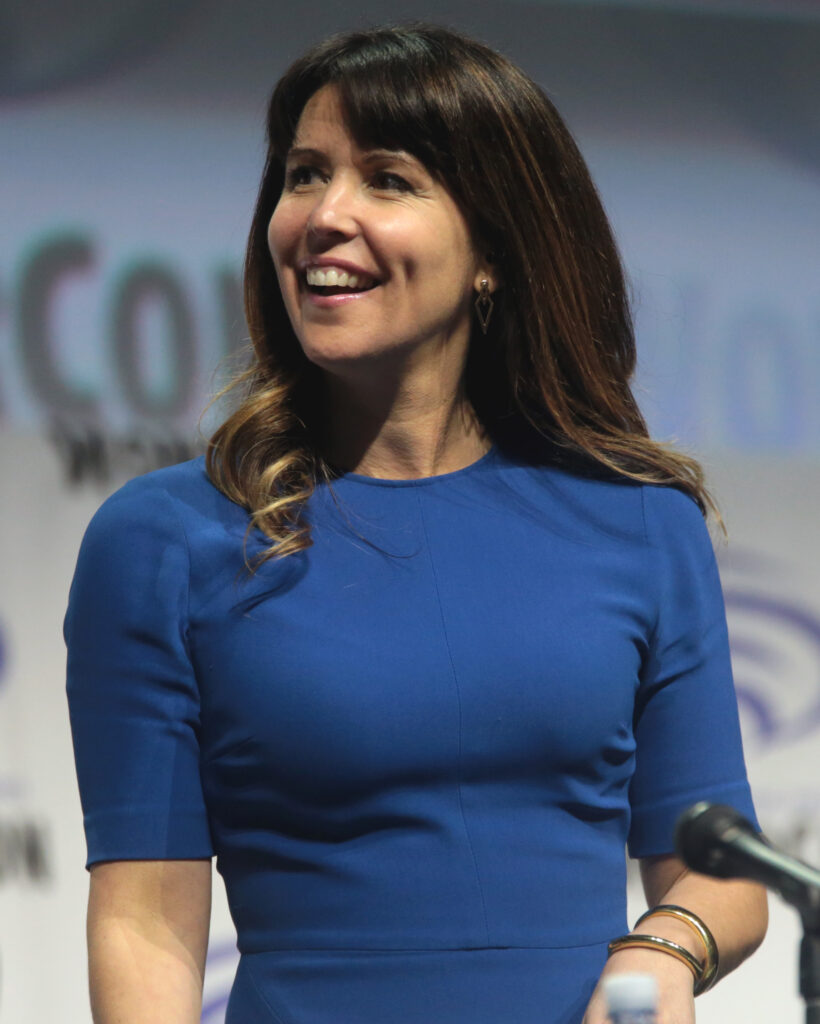
11. Patty Jenkins – Thor: The Dark World (2013)
Before Patty Jenkins made her indelible mark on the superhero genre with *Wonder Woman*, she was actually poised to make history as Marvel’s first female director, taking the helm of the second *Thor* movie, *Thor: The Dark World*. Her involvement was a huge deal, promising a fresh perspective for the Norse god.
However, Jenkins’ tenure on the project lasted just a few months into development before she, too, departed due to the ever-present “creative differences.” She later opened up about her decision, revealing she had envisioned the film as a “Romeo and Juliet-type story,” where Chris Hemsworth’s Thor would be forbidden from visiting Natalie Portman’s Jane Foster, with their love separated by worlds. Sounds pretty dramatic, right?
Jenkins explained that it was a “heartbreaking” decision, but one she felt was necessary not just for herself, but for other women directors. She told BuzzFeed, “I knew that that was going to set [not only] me back, but also women directors back,” if she proceeded with a script she didn’t believe in. She didn’t think she “was the right person to make a great Thor out of the story they wanted to do.”
Her honesty is incredibly powerful. Jenkins believed that to make a truly great film, the director’s vision and the studio’s narrative needed to align, and she wasn’t prepared to compromise her artistic integrity on such a large scale. While we never got to see her romantic vision for Thor, her principled stand paved the way for her incredible success with *Wonder Woman*, proving that sometimes, walking away leads to something even bigger and better.
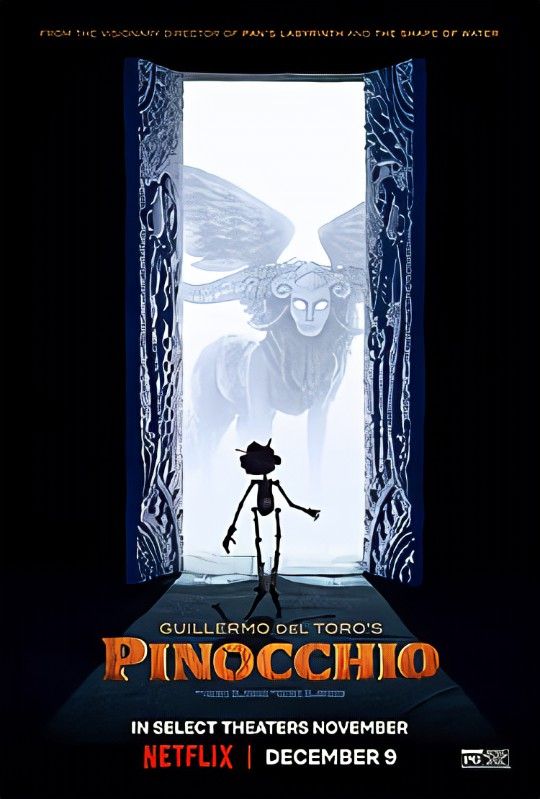
12. Guillermo del Toro – The Hobbit (2012-2014)
After the monumental success of *The Lord of the Rings* trilogy, the idea of revisiting Middle-earth with *The Hobbit* was thrilling, but what if it had been directed by the fantastical mind of Guillermo del Toro? Imagine his unique blend of dark whimsy and intricate creature design applied to Tolkien’s world. Initially, he was indeed set to direct a two-film version, and oh, what an interesting prospect that was!
Del Toro poured years of effort into the project, developing scripts and immersing himself in pre-production alongside Peter Jackson, who was on board as a producer. He completed significant work, meticulously designing many of the characters, creatures, and intricate sets that would bring Bilbo Baggins’ adventure to life. Fans were absolutely buzzing with anticipation for his distinctive take.
However, the cinematic dreams of a del Toro *Hobbit* were ultimately dashed by real-world financial woes. The entire production stalled indefinitely due to severe monetary problems within MGM, the studio involved. This unfortunate turn of events forced del Toro to bow out, unable to commit to a project with such an uncertain timeline, despite all the passion and work he had invested.
Peter Jackson stepped back into the director’s chair, transforming the planned two films into a second, three-part Tolkien trilogy. While Jackson’s films certainly have their fans, it’s hard not to wonder about the magical, perhaps darker, and undoubtedly visually stunning version of *The Hobbit* that might have emerged from Guillermo del Toro’s unparalleled imagination. Sometimes, even the most perfect creative pairings can be thwarted by external forces!
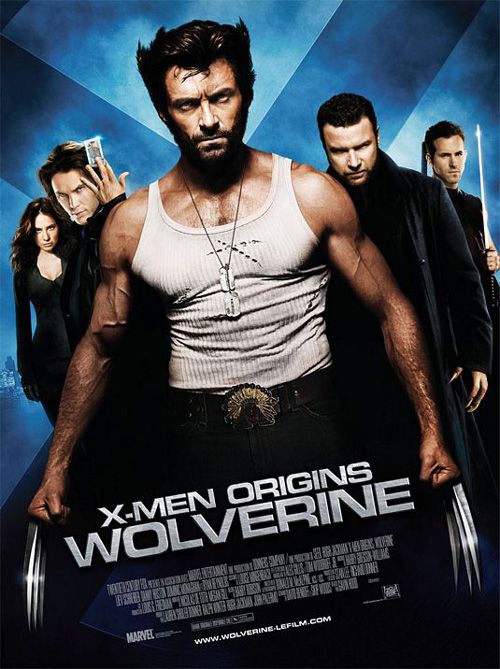
14. Darren Aronofsky – The Wolverine (2013)
This pairing still makes us scratch our heads in the best way possible: Darren Aronofsky, the visionary director known for intense, psychological films like *Requiem for a Dream* and *Black Swan*, taking on Hugh Jackman’s adamantium-clawed X-Men hard-nut, Wolverine. It promised a *Wolverine* film unlike any other, something truly raw and profound.
Hugh Jackman himself was incredibly enthusiastic about Aronofsky’s involvement, teasing that “There’s going to be some meat on the bones,” suggesting a much grittier and more character-driven exploration of Logan. It felt like a bold and exciting direction for the character, far removed from standard superhero fare, and fans were absolutely salivating at the prospect.
Sadly, this intriguing collaboration was not to be. Aronofsky departed the production in March 2011, not due to creative differences with the studio or star, but for a very personal reason. He realized the filming schedule would require him to be out of the country for an entire year, a commitment he couldn’t make. “I was not comfortable being away from my family for that length of time,” he stated.
It’s a truly understandable reason, but a heartbreaking one for cinephiles. Aronofsky’s personal decision meant we never got to see his intense, probably psychologically complex vision for Logan’s story. It’s safe to assume his take on *The Wolverine* would have been dramatically different from the “bland spin-off that it ultimately became,” leaving us to forever wonder about the masterpiece that could have been.
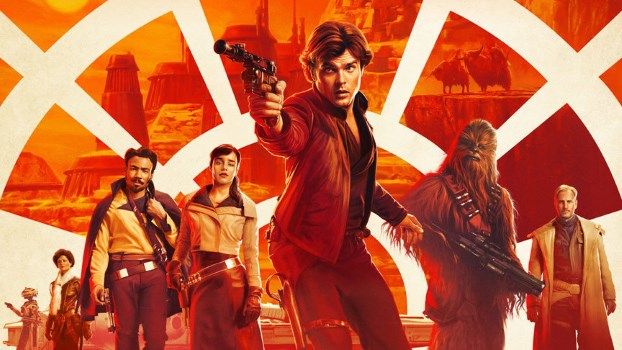
15. Chris Miller and Phil Lord – Solo: A Star Wars Story (2018)
Ah, the infamous “Han Solo situation”! This one sent shockwaves through the galaxy far, far away. Directors Chris Miller and Phil Lord, the brilliant minds behind *The Lego Movie* and *21 Jump Street*, were almost 75% finished filming *Solo: A Star Wars Story* when they dramatically exited the movie with only weeks left of production! Talk about last-minute drama.
While an official statement diplomatically suggested “mutual agreement,” it quickly became clear this was more of a firing than a walkout. Lord and Miller themselves issued a statement acknowledging the cliché: “Unfortunately, our vision and process weren’t aligned with our partners on this project… We normally aren’t fans of the phrase ‘creative differences’ but for once this cliché is true.” Ouch, that hits different from the directors themselves!
Reports quickly filled in the blanks, suggesting that Lucasfilm producers were deeply unhappy with Lord and Miller’s improv-heavy, comedic approach, as well as their alleged lack of experience with traditional camera set-ups. They were also rumored to have butted heads significantly with veteran *Star Wars* writer Lawrence Kasdan, who apparently insisted that his script be shot word-for-word, leaving little room for the duo’s signature improvisational style.
Ultimately, Ron Howard famously stepped in to finish the film, reshooting a significant portion of it. The ironic twist? Much of what Chris Miller and Phil Lord had originally filmed actually remained in the movie, earning them executive producer credits despite the dramatic parting. It’s a wild reminder that in Hollywood, even when visions clash spectacularly, the final product can still carry the fingerprints of multiple creative forces!
And there you have it, folks! From creative clashes over script direction to personal decisions that changed entire film trajectories, these stories pull back the curtain on the unpredictable, often messy, but always fascinating world of blockbuster filmmaking. It’s a testament to the passion and vision of these directors that they chose to walk away rather than compromise their artistic integrity. So, next time you settle in for a big movie, remember the silent battles fought and the many roads not taken behind the scenes!”

